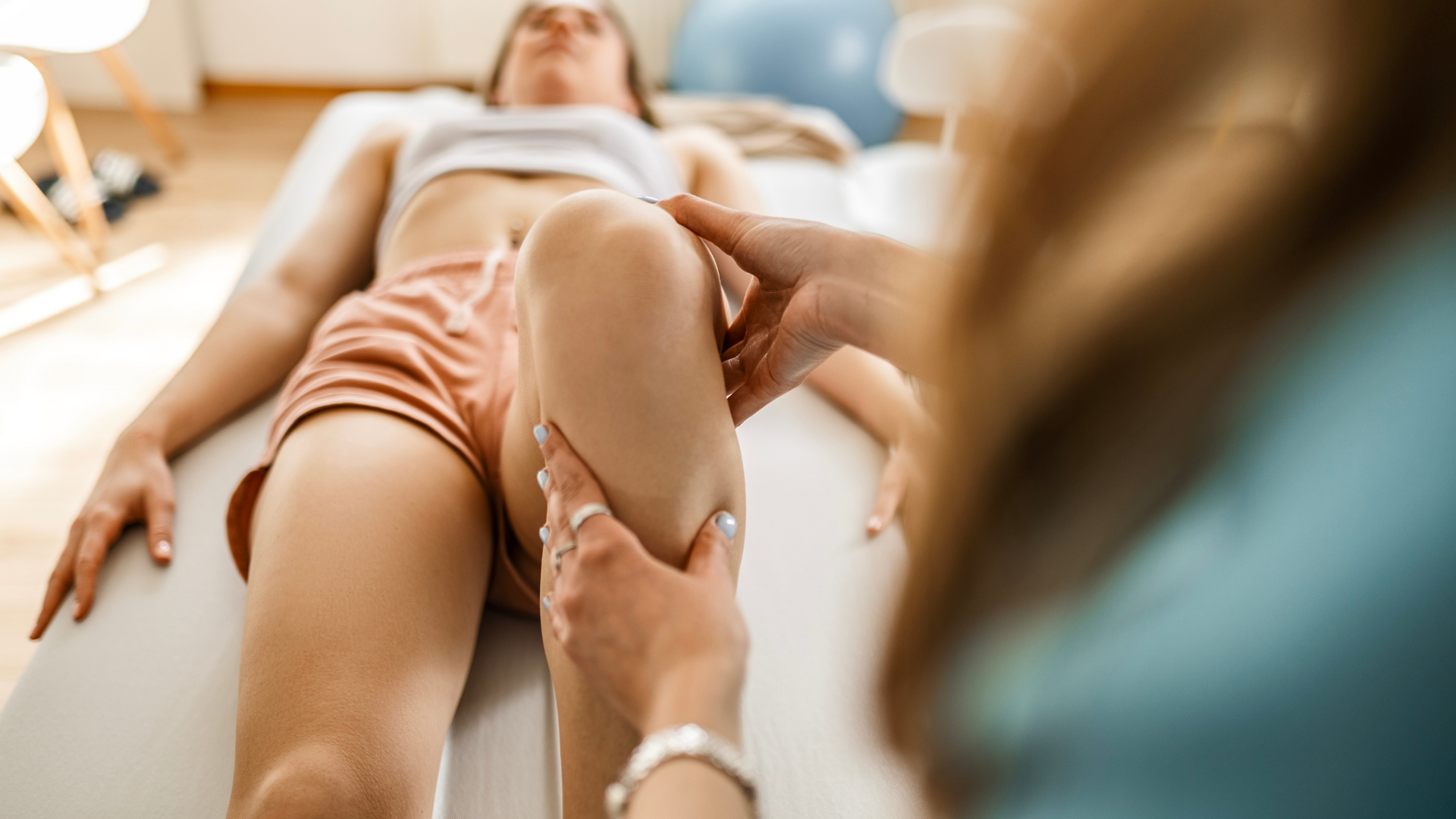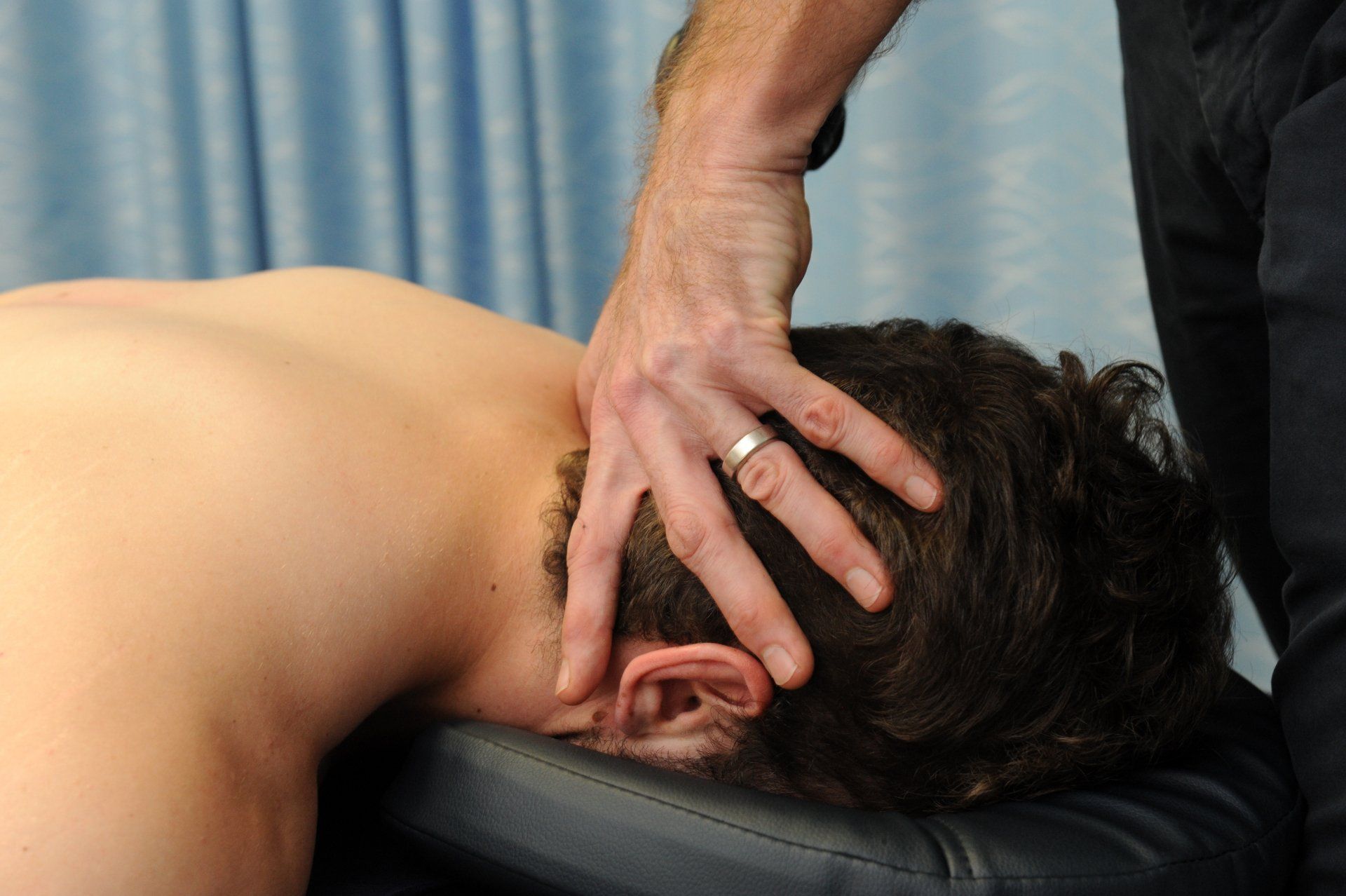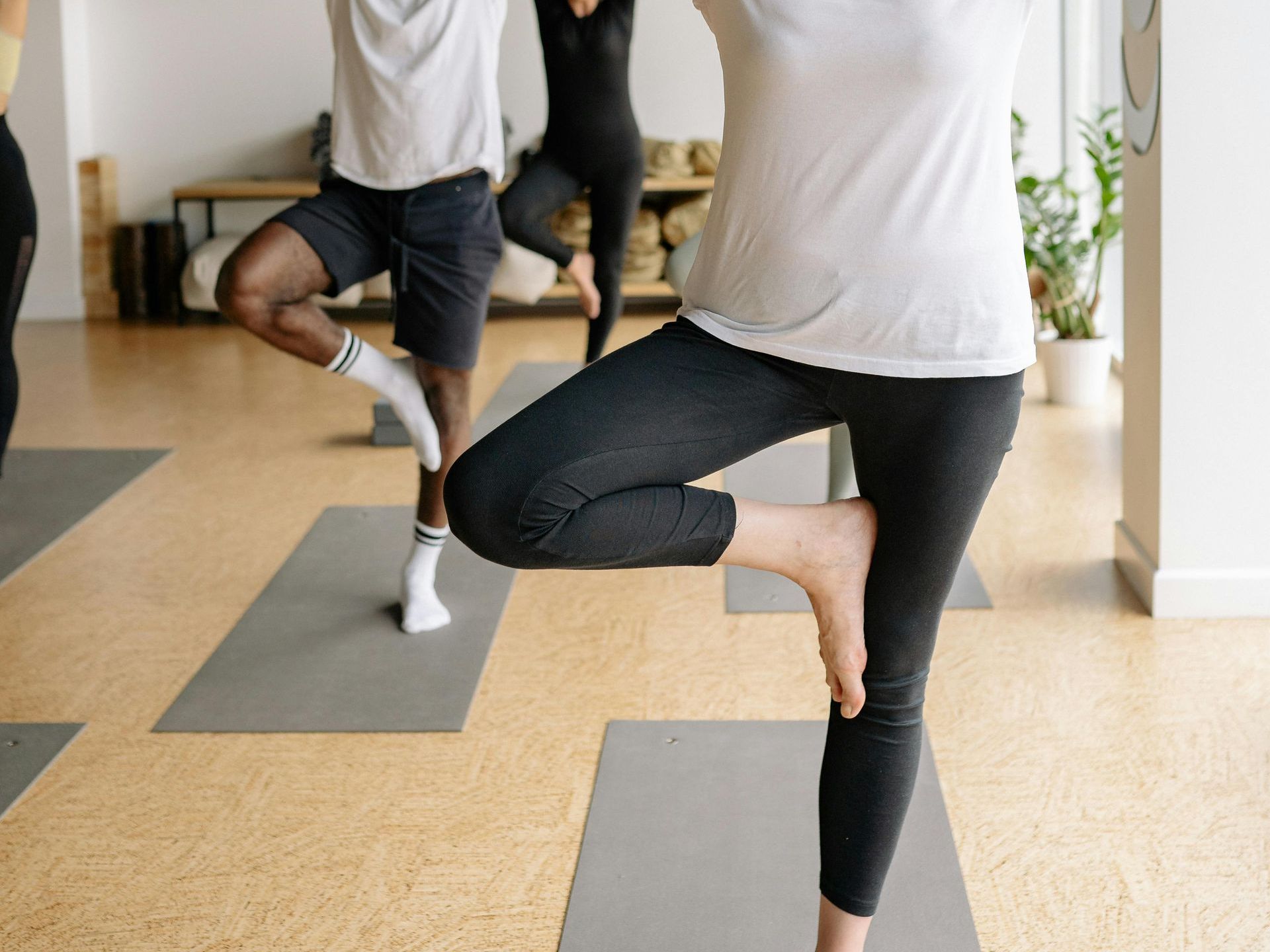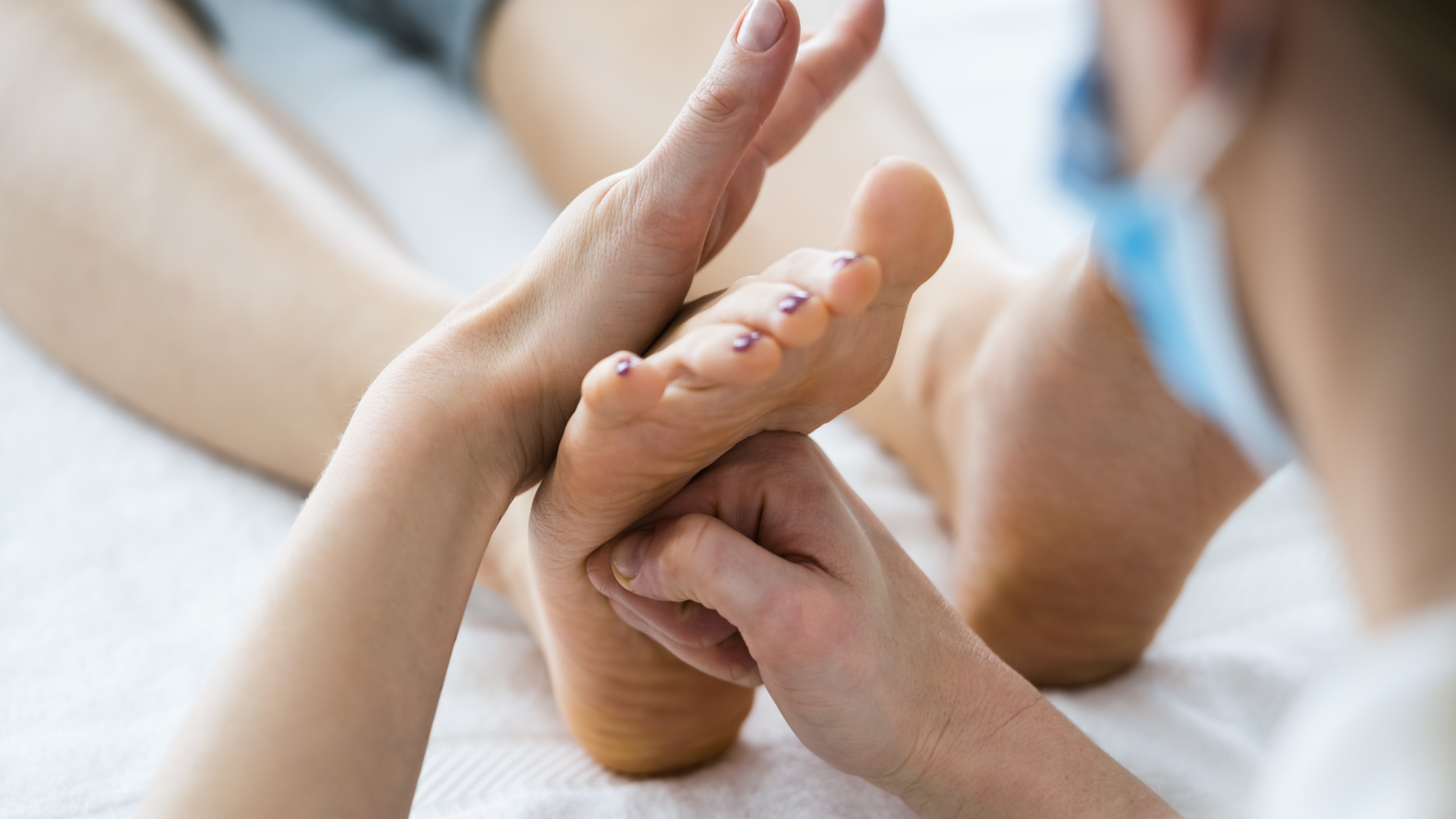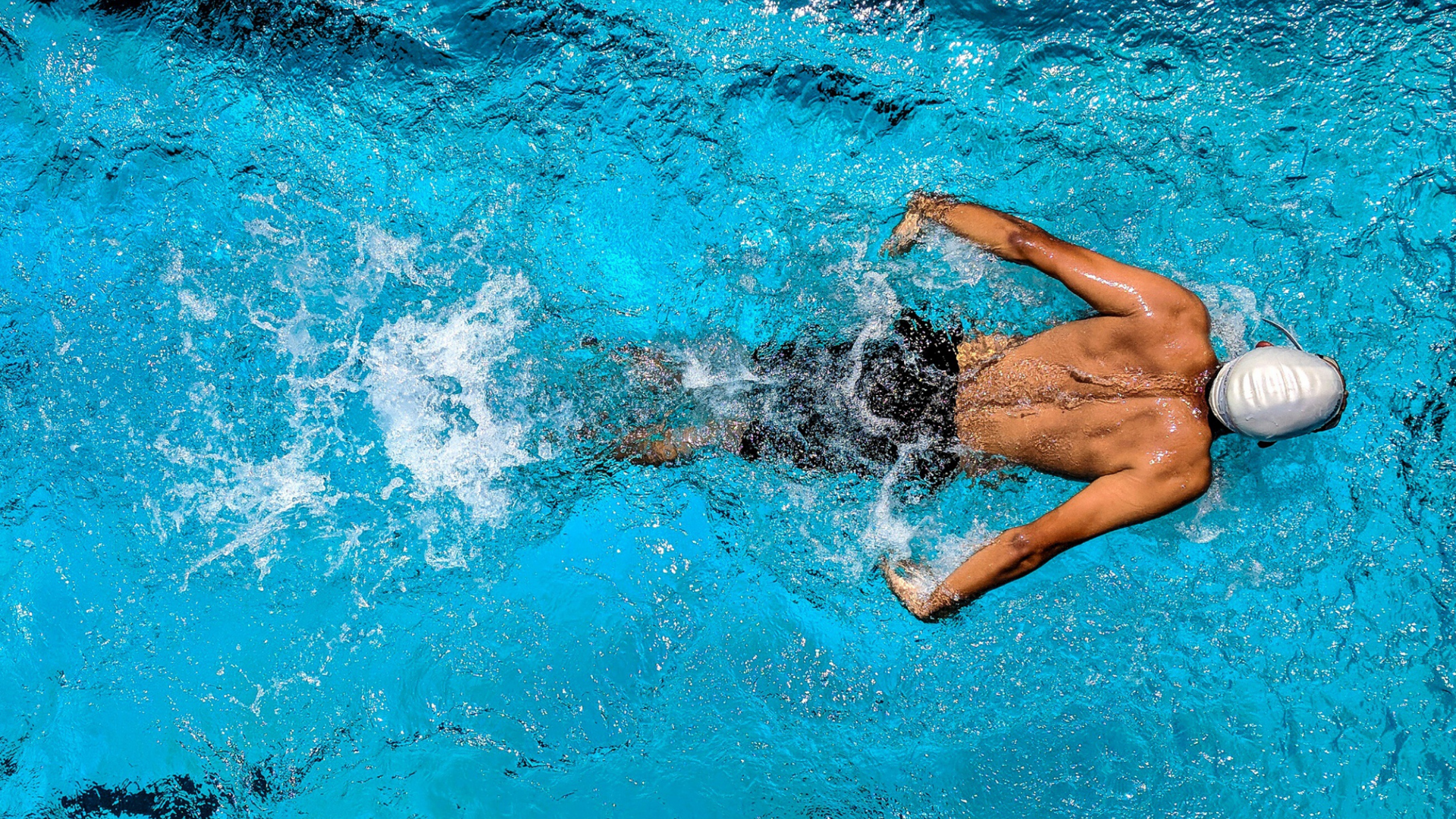The Shoulder - Acromioclavicular (AC) Joint Injury
Why the incidence of AC joint injuries is on the rise (and not just in risk-taking males!).
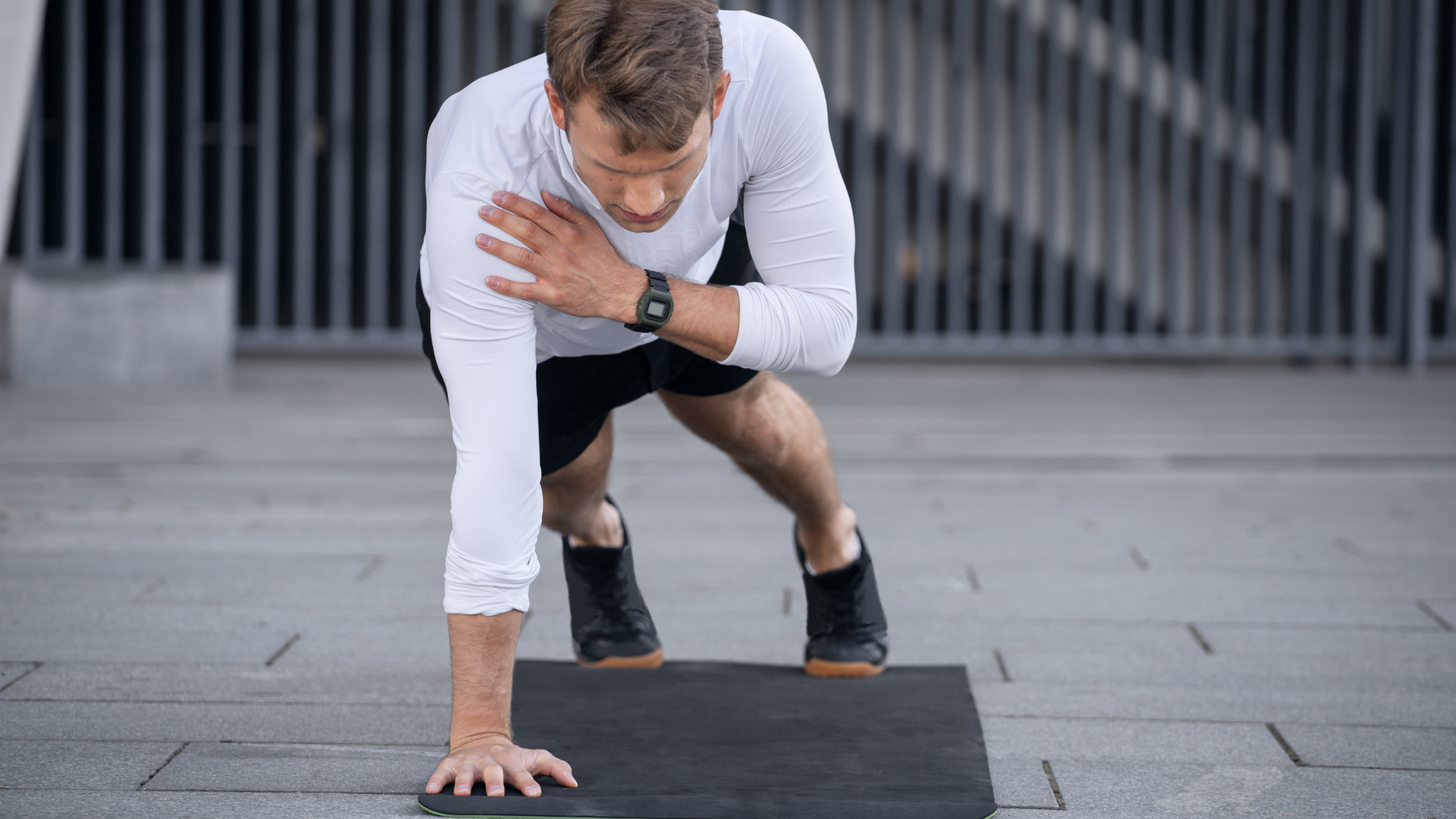
Try these low impact exercises for mild AC joint pain.
Try these low impact exercises for mild low back pain
Acromioclavicular (AC) joint injuries are a common sports-related injury that occurs around the “tip” of the shoulder, and their incidence is on the rise in Australia. Why? While the last decade has seen a modest rise overall in people taking up sports such as soccer, basketball and gymnastics, the number of women now playing contact sports like rugby and AFL has risen dramatically. High-speed high-risk activities such as mountain biking and snowboarding have exploded, with young and not-so-young participants encouraged by social media and online channels to engage in greater risk-taking behaviour.
Anatomy 101 – Bear with me, it’s important.
The AC joint connects the acromion (part of the scapula or “shoulder blade”) with the distal end of the clavicle (or “collarbone”) and plays an important role in stabilizing the shoulder and achieving full range of motion throughout the shoulder joint. The AC joint is primarily stabilized by the acromioclavicular ligament and the joint capsule, with secondary ligaments providing critical checks and balances to shoulder joint movement. When stressed, the acromion can be forced away (usually downward) causing degrees of separation between the bones. Depending on the force and direction, associated ligaments may be either stretched or torn resulting in a step deformity, pain, and loss of shoulder function.
Who gets it?
More than 40% of acute shoulder injuries are the result of an AC joint injury. The mechanism of injury is typically acute, the result of high impact or direct trauma to the tip of the shoulder (eg. A fall directly onto or a high impact bump as occurs frequently in AFL, rugby, hockey, and cycling), or from indirect trauma, such as falling onto the elbow or an outreached hand. AC joint injuries are more common between ages of 20-40, with men having a 5-10 times higher risk of sustaining an AC joint injury compared to women.
Diagnosing Acute AC Joint Injuries.
A comprehensive subjective assessment with attention to the mechanism of injury will often alert the physiotherapist to an AC joint injury. Normally there is a history of acute trauma accompanied by instantaneous pain and reduction in shoulder and upper limb function. The AC joint is typically tender on palpation and depending on injury severity, the shoulder may appear “dropped” in appearance or have a lump on the tip of the shoulder, often referred to as a “step” deformity.
Your physiotherapist can perform several special tests that can help diagnose an AC joint injury and its grade, as well as clearing other possible causes for your pain. Other injuries can present like an acute AC joint injury such as fractures (clavicle, scapular, humeral head), glenohumeral joint dislocations, labral tears or SLAP lesions or a flare up of a chronic injury (ie. AC joint osteoarthritis, osteolysis), so it is important to have a skilled physiotherapist assess you as soon as possible following injury.
What’s next? Xrays? Surgery?
Xray is typically indicated with AC joint injury where there is suspicion of a large joint separation and/or the clinician suspects a fracture. Xray can have a role in determining the degree of separation and the best course of management, particularly in complex presentations and time-sensitive environments.
The Rockwood classification system is used by radiologists to categorize AC joint injuries. Using radiological measurements injuries are categorized as level 1 (mild) through to level 6 (severe). Those graded 3+ usually require further investigation (MRI) and referral for an orthopaedic consultation for possible surgical fixation.
What to do, what to do?
The good news is that, in the most cases, there is a lot that physiotherapy can do to assist with AC joint injuries. Treatment for AC joint injuries typically involves a short period of immobilization in a collar and cuff sling for comfort, then working with a physiotherapist through a progressive rehabilitation program. Treatment for low grade ACJ injuries (grade 1–2) are typically conservative or “non-operative”. Physiotherapy can provide manual techniques (ie. Soft tissue massage of surrounding structures, joint mobilisation, taping) to aid in pain relief, and early therapeutic exercise and/or hydrotherapy. As pain settles and range of motion returns, physiotherapists can provide progressive functional strength and conditioning programs, as well as expert advice regarding returning to sport, work or activities of daily living.
If surgical repair is required physiotherapy generally commences early in the recovery period as pain permits, following a similar program as to non-surgical management.
How long is it going to take?
Recovery from an AC joint injury depends on the grade of injury, whether surgical fixation is required, and on commitment and compliance to rehabilitation. Typically, a lower grade AC joint injury will take 3-6 weeks to resolve if conservatively managed with physiotherapy. Higher grade injuries and those requiring surgical management will typically take longer period and can be guided by the treating clinician and surgeon.
The Take Home
An AC joint injury is a painful injury impacting normal shoulder function and causing variable disruption to work, sport or other activities of daily living. Physiotherapy plays a vital role in accurate assessment, diagnosis and treatment of an AC joint injury. Early assessment and intervention permits a faster recovery, usually with superior clinical and functional outcomes. By working closely with a physiotherapist, individuals who sustain an AC joint injury will achieve optimal outcomes and return to their pre-injury levels as soon as possible.
Come a cropper and injured your AC joint? Want to get it sorted fast? Give us a call.
At Movement for Life Physiotherapy, we can assess and diagnose your shoulder injury and let you know whether you have disrupted your AC joint, subluxed your shoulder, damaged your rotator cuff, or if there is something else going on. With a clear diagnosis and tailored management plan, we'll help get you back to the things you love sooner.
Give us a call now or click on BOOK AN APPOINTMENT to book online.
Sources
- Pallis, M., Cameron, K. L., Svoboda, S. J., & Owens, B. D. (2012). Epidemiology of acromioclavicular joint injury in young athletes. The American journal of sports medicine, 40(9), 2072-2077.
- de Groot, C., Verstift, D. E., Heisen, J., van Deurzen, D. F., & van den Bekerom, M. P. (2023). Management of acromioclavicular injuries–current concepts. Orthopedic Research and Reviews, 1-12.
